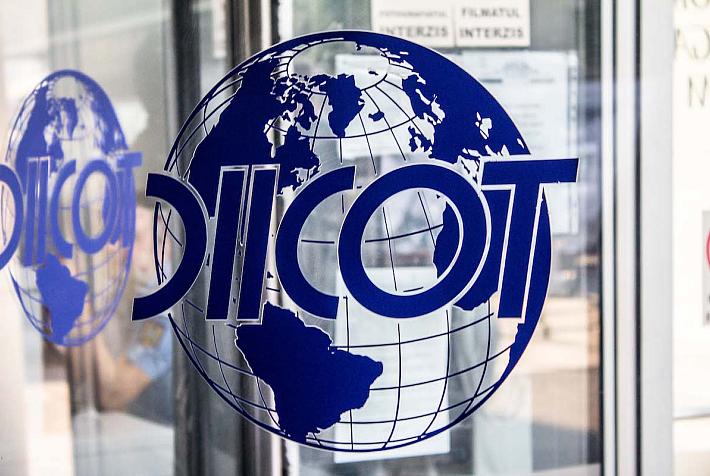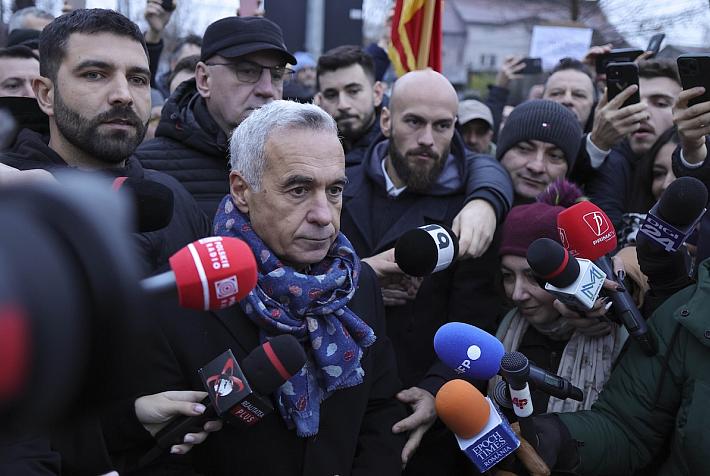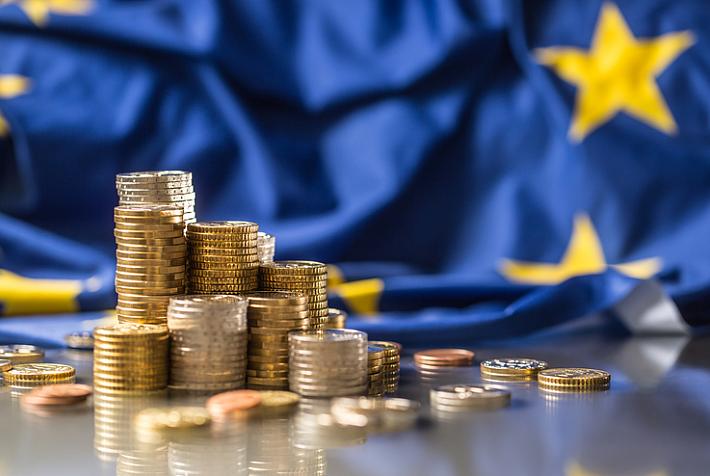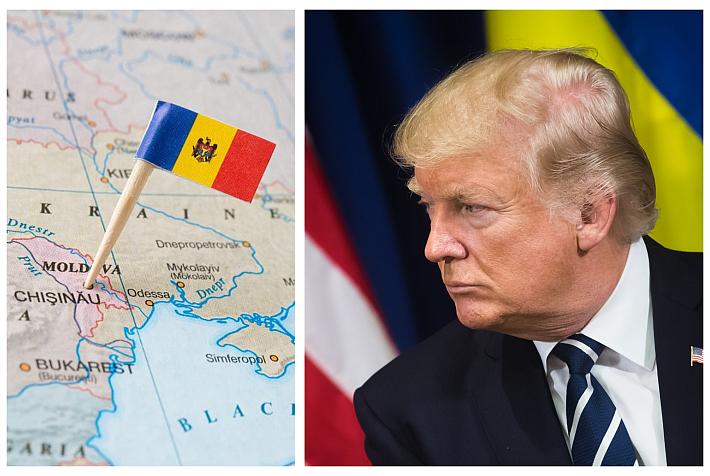OMV Petrom confirms new gas target and tweaks decarbonization mix under updated Strategy 2030
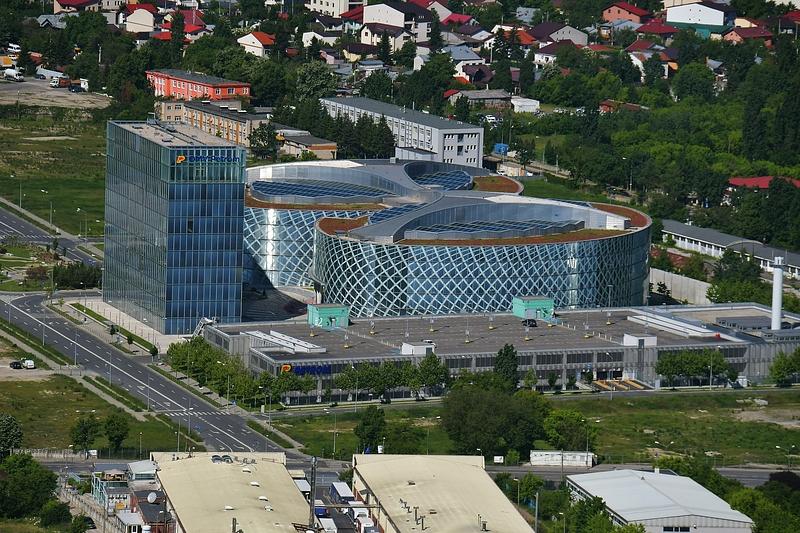
Romania’s energy group OMV Petrom (BVB: SNP) confirmed the new gas targets based on the Neptun Deep offshore project while adding the adjacent Han Asparuh project, currently in an exploration phase, and revised the mix of instruments in zero carbon business lines, keeping the overall investment targets at same levels, under the updated Strategy 2030 document published on June 19.
The revised strategy is consistent with the net zero (greenhouse gas or GHG) operations in 2050.
“We plan to invest an average of approximately EUR 1.7 billion per year from 2024 to 2026, and approximately EUR 1 billion per year over the next four years,” OMV Petrom CEO Cristina Verchere said in an interview with Economica.net.
Thus, the company envisages beginning production at Neptun Deep in 2027 (2026-2027 previously) after total investments for the whole project (owned 50:50 with Romgaz) of EUR 4 billion with the result of reaching a production plateau of 140 thousand barrels of oil equivalent per day (kboe/d) at a production cost of USD 3 per boe resulting in an internal rate of return (IRR) for the project of above 12%. From 2030 to 2030, however, the natural gas demand in Romania is seen as plunging by 30% (after a 25% rise from 2023 to 2030) as a result of decarbonization efforts.
The overall Capex target for the decarbonization business lines is kept at EUR 3.7 billion (same as under the 2019 version of Strategy 2030), but the mix of instruments is significantly changed compared to the 2019 version of Strategy 2030: essentially, the aggregated capacity of the green electricity (solar, hydro) projects is more than doubled from 1GW to 2.5GW (60% solar, 40% wind) at the expense of the investments in biofuels (based on processing of inputs from agriculture) being reduced from one-third of the overall EUR 3.7 billion envelope to much less than a quarter (25% including green H2 fuels).
The biofuel production target is halved to 300 thousand tonnes per year (kta), but a new target of 15 kta for H2 production and a 100MW production capacity.
Consistent with the shift from biofuel and H2 to electricity as alternative energy sources for mobility, OMV Petrom boosted tenfold to over 5,000 the target for charging points (public and private) in the operating region, including fast and ultra-fast charging points, as well as wall boxes.
Overall, the IRR for zero carbon projects is envisaged at 10%-15% (9%-15% previously).
iulian@romania-insider.com
(Photo source: Mihai Olaru/Dreamstime.com)









